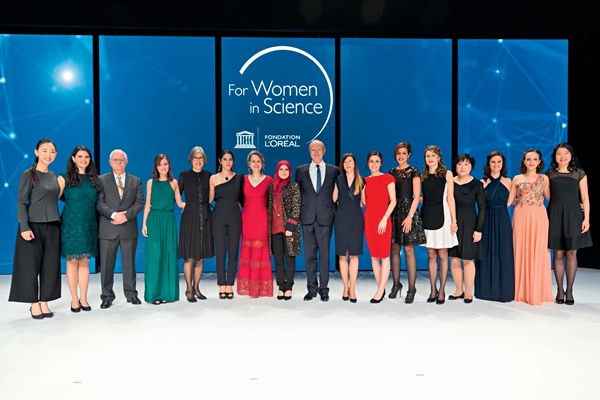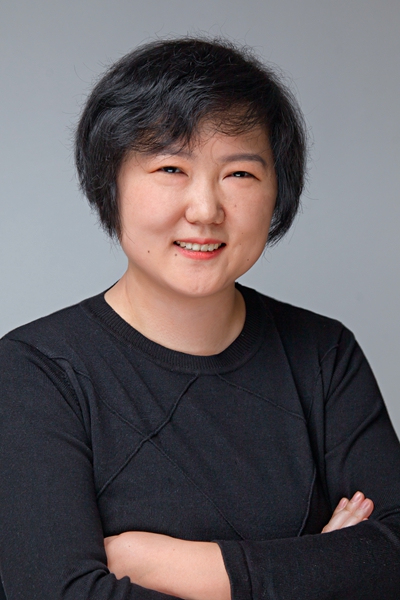Long Ran:
Scientific Research to Improve the Ecological Environment
China Today, July 18, 2017 Adjust font size:
The 2017 L’Oreal-UNESCO Award for Women in Science ceremony took place on March 23 in Paris. The award is presented every year to five women, one from each region – Africa and the Arab States, Asia-Pacific, Europe, Latin America, and North America – in recognition of their groundbreaking scientific achievements.

Also standing on the podium were 15 outstanding young women researchers who have received the International Rising Talent Fellowship. Among them was post-doctoral fellow Long Ran from the National Synchrotron Radiation Laboratory (NSRL) in University of Science and Technology of China (USTC), in honor of her achievements in photocatalytic carbon dioxide conversion.
“It is a great honor to have been selected to learn from five distinguished woman scientists and to be acquainted with other female researchers,” Long Ran told China Today.
Driven by Innate Interest
Born in Fuyang City of Anhui Province in 1987, Long Ran was curious about everything as a child. Thanks to her parents, she was given free rein to explore her interests.

Post-doctoral fellow from the National Synchrotron Radiation Laboratory at the University of Science and Technology of China specializing in high-performance catalyst and winner of the International Rising Talent Fellowship.
Long Ran went to the Junior High School of Fu-yang No.1 Middle School (now Fuyang Experimental Middle School) and graduated from its Senior High School. In 2005, she entered the USTC, where she obtained her bachelor’s, master’s, and doctoral degrees. She is now a post-doctoral fellow of the NSRL.
When Long Ran received her prize in Paris, a red banner was set up in front of her alma mater, the Fuyang Experimental Middle School, on which was inscribed, “Congratulations to Our Distinguished Alumna Long Ran, Selected for the L’Oreal-UNESCO International Rising Talent Fellowship.” In paying this tribute to Long Ran, the school hoped to encourage its students to learn from her and make similar academic achievements in the future.
Zhang Hongliang was Long Ran’s chemistry teacher in middle school. He recalled her passion for chemistry while at junior middle school, and how she chose the subject as her major at university. USTC is famous for its strength in frontier science and high technology. Since its establishment in 1958, the university has offered majors closely related to emerging technologies which the country badly needs. It has invited world-renowned scientists such as Hua Luogeng and Qian Xuesen to join its teaching faculty, and cultivated many distinguished scientific and technological experts.
After moving from Beijing to Hefei in Anhui Province in 1970, USTC became the sole university participating in the national innovation project. The university now has six National Training Centers for Basic Science and Teaching. Its abundant national-level research institutes include NSRL, the State Key Laboratory of Particle Detection and Electronics, and the Key Laboratory of High Performance Computing (Anhui Province). NSRL, where Long Ran now works, is a national laboratory open to both domestic and international scientists.
In 2008, Long Ran’s third year at university, she joined the research group of Professor Xie Yi, a laureate of the 17th L’Oreal-UNESCO Award for Women in Science and academician of Chinese Academy of Sciences. Absorbed in scientific research and obtaining her doctoral degree under Professor Xiong Yujie, she then cooperated with Professor Song Li and became a post-doctoral fellow. Since then, chemistry and energy have been the focal points of Long Ran’s career.